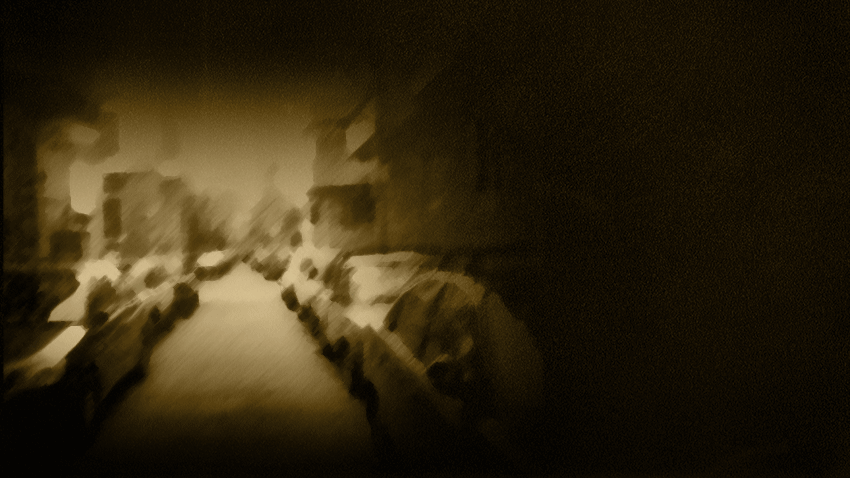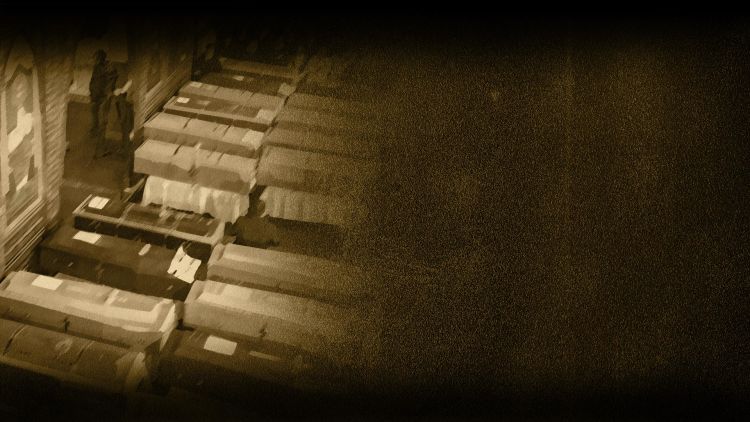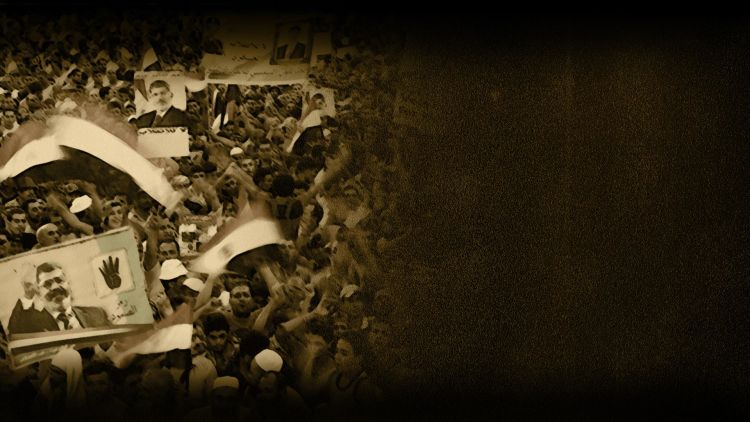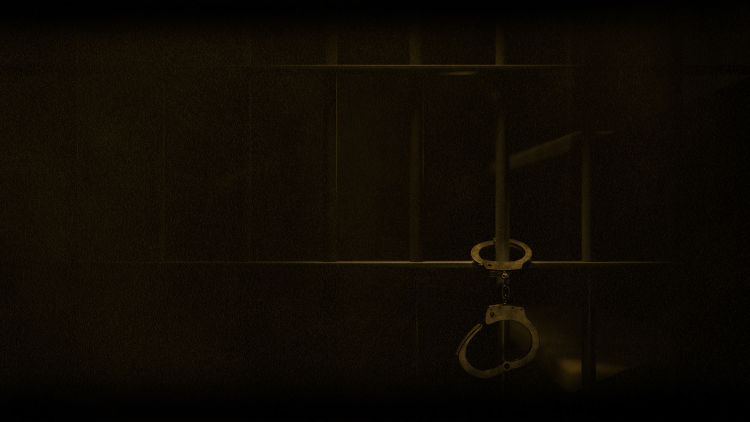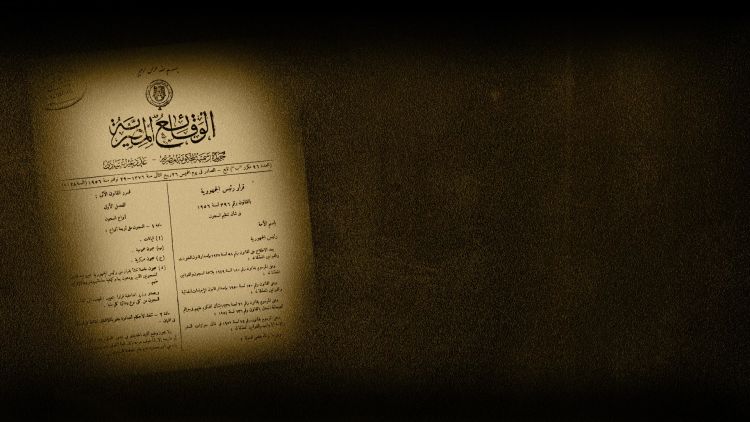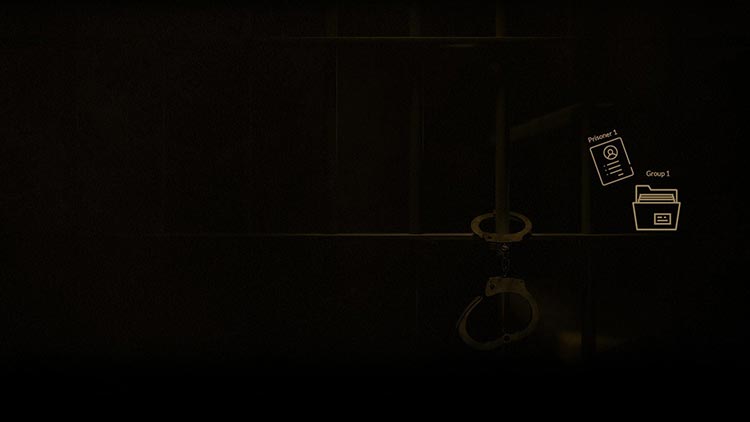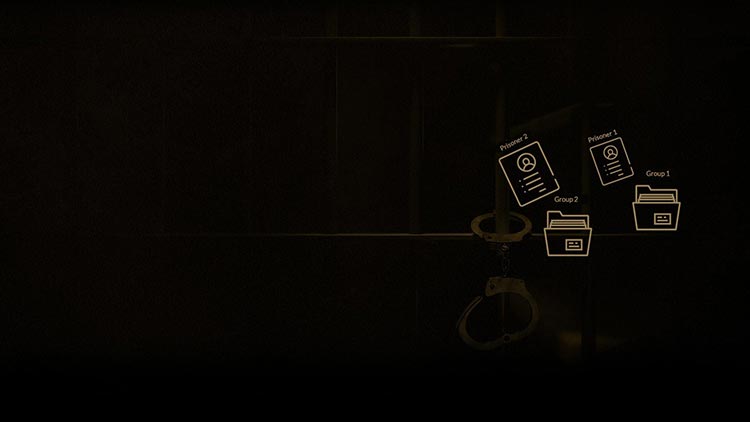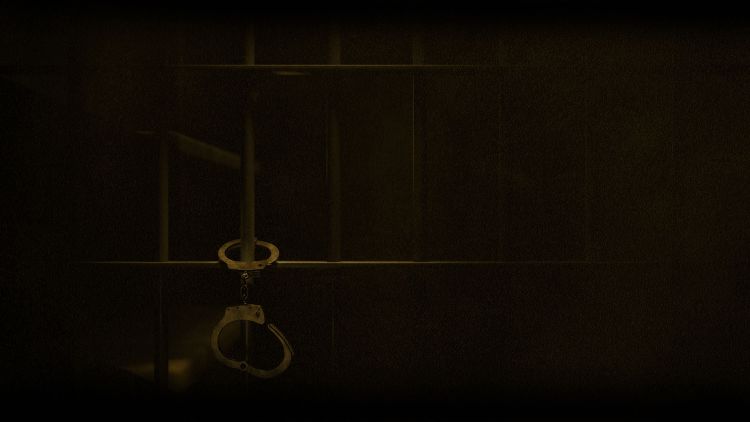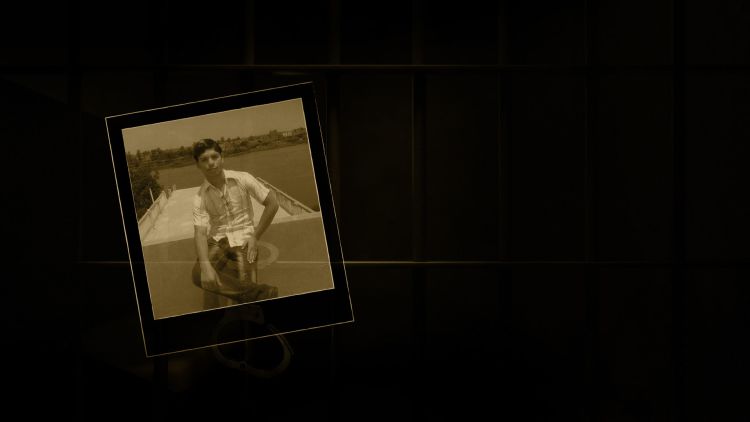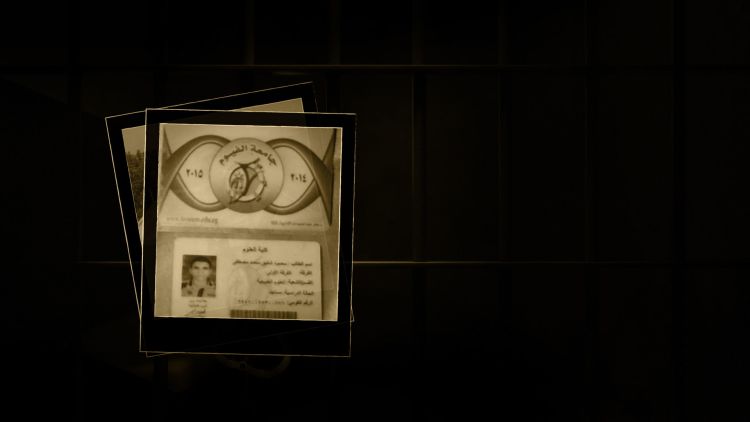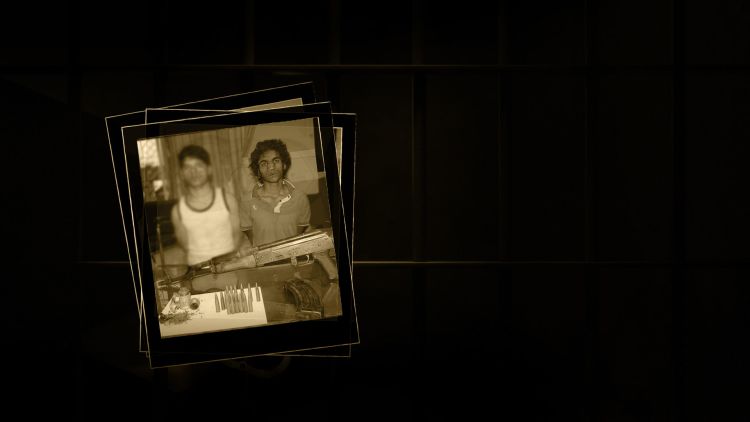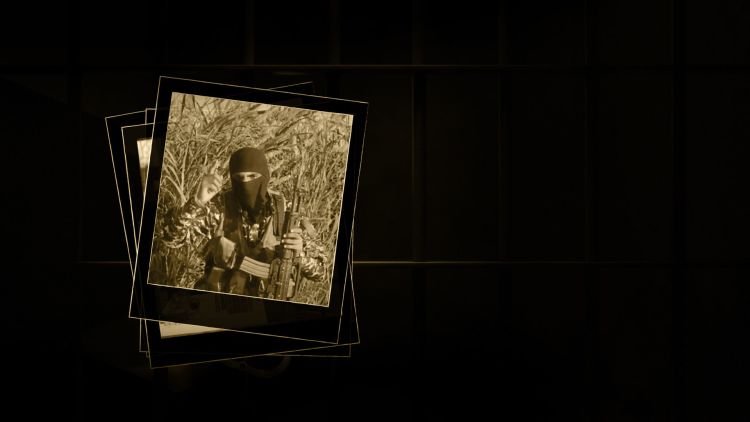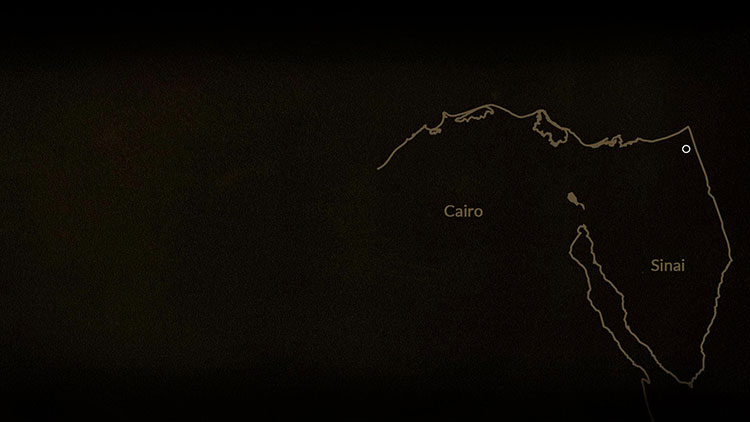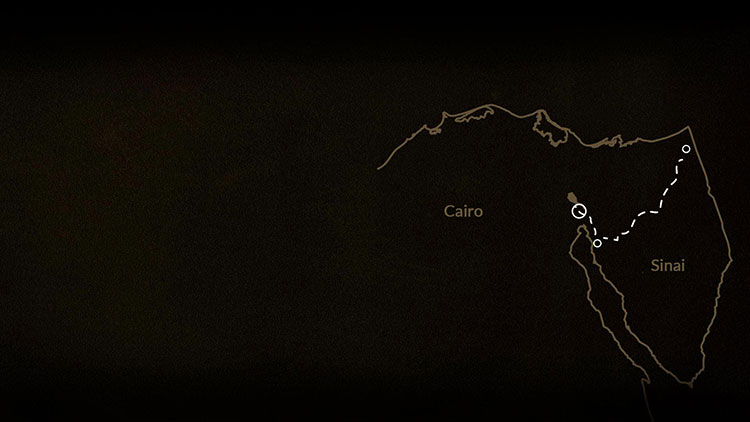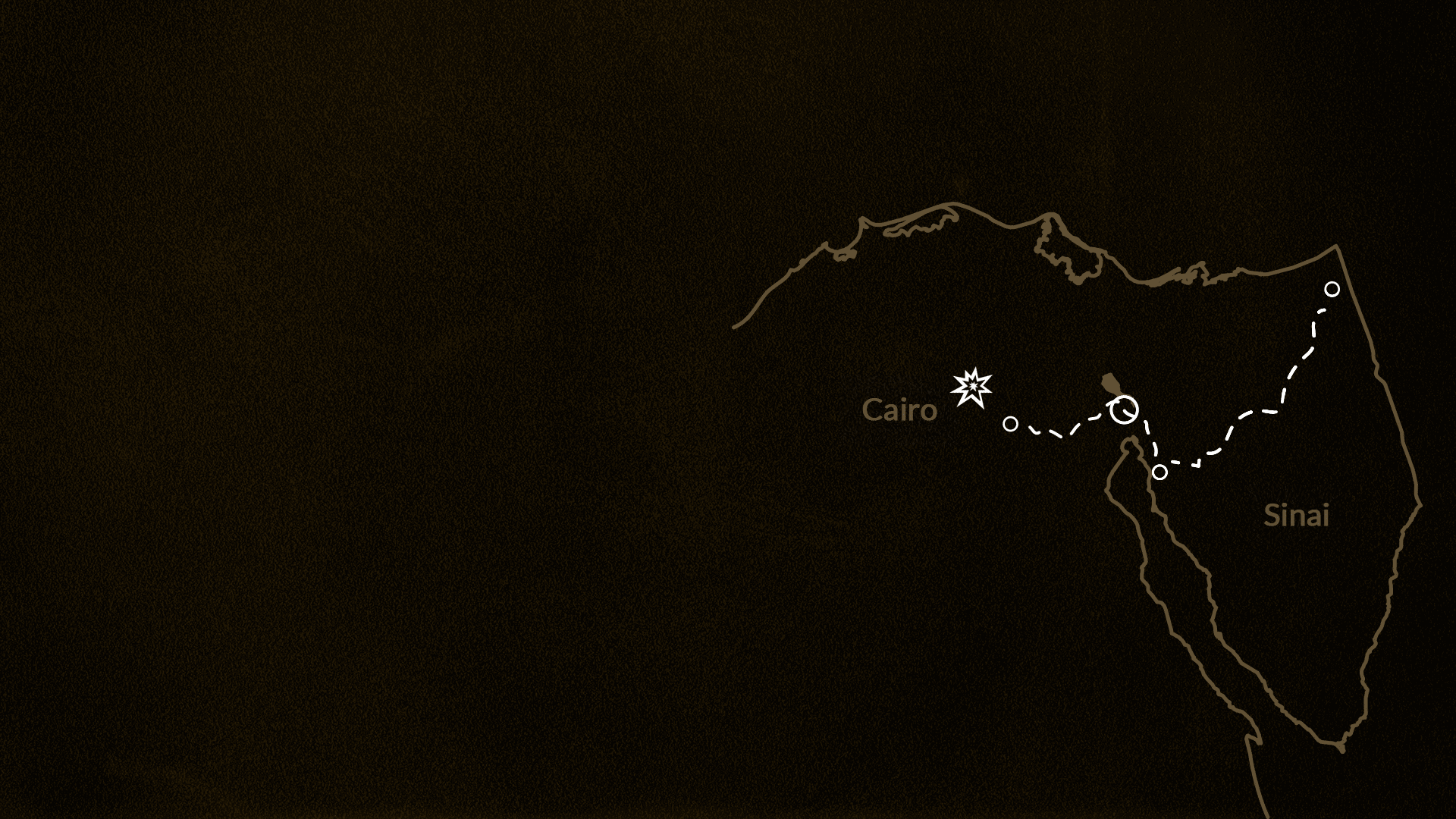
I will meet you in Paradise
On Sunday Dec.11, 2016, Mahmoud Shafiq Mohammad Mostafa left No. 18 Salem Hijazi Street in the Al-Zeitoun area east of Cairo, wearing a long black coat over blue jeans - and an explosive vest.
Few minutes later, he appeared in front of the Patriarchal Church in the Al-Abasiya area, his phone to his left ear talking with the two companions who gave him the vest and then stayed with him for what would be the final three days of his life. Before his last call, he sent a message via “Telegram”, an encrypted conversation program, to Rami Mohammad Abdel Hamid, his host in Cairo, thanking him. It said: "Thank you for the good hospitality, I have left. I will meet you in paradise."
Amr Saad Abbas, their leader, accompanied by a member of the group, waited near the Al-Nour mosque in Ramsees Street, to make sure that the operation went off as planned. It did. Thirty-one people were killed and dozens of worshipers in the church injured.
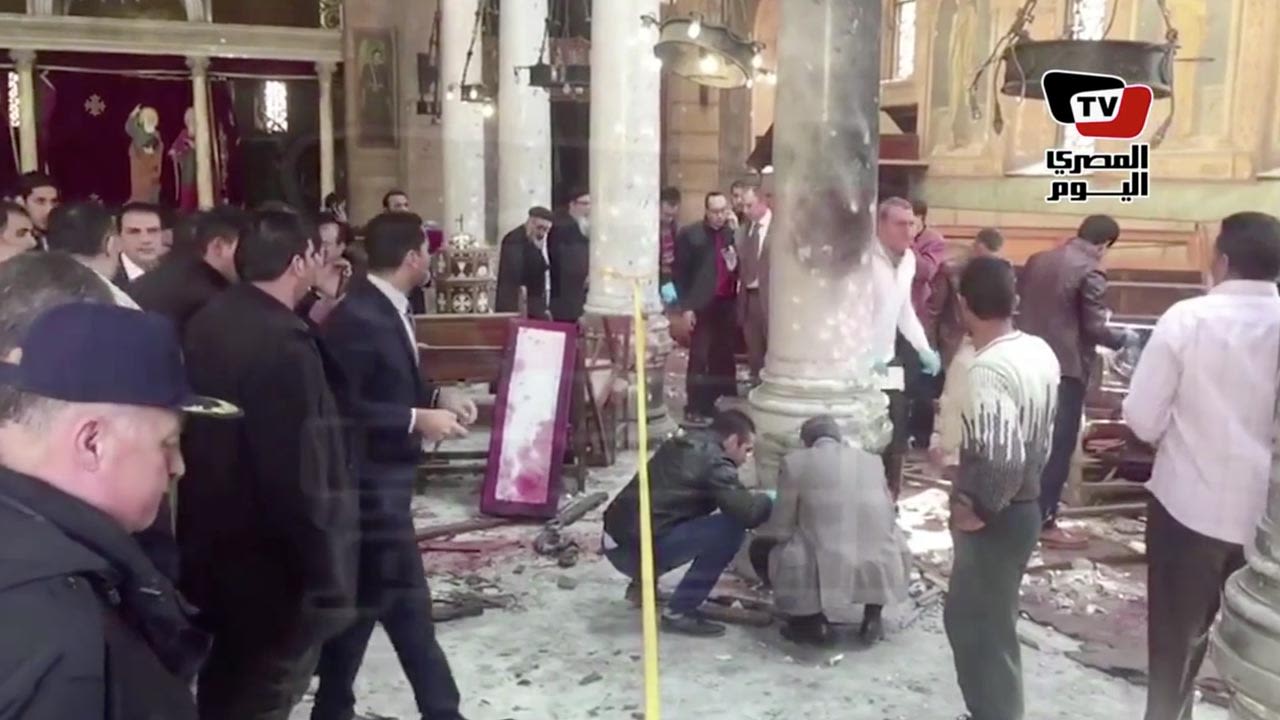
The next day, at a funeral for the victims, President Abdul Fattah Al-Sisi, announced the name of the person responsible for the bombing.
A suicide bomber wearing an explosive vest detonated himself in the heart of the Egyptian capital Cairo, near the historic headquarters of the Pope of Alexandria and the Patriarch of all Africa on the Holy See of St. Mark the Apostle (St. Mark’s Karaza). Information on the young man began coming out -- that he was 22, born in Al-Fayoum governorate, south of Cairo.
According to the Ministry of Interior, Mahmoud was one of dozens of young Egyptian men imprisoned after June 30, 2013, and in the political conflict that followed the ouster of President Mohammad Morsi between the Muslim Brotherhood and supporters, and Egyptian security authorities. Prison turned him into a believer in Takfiri ideas.
Al-Fayoum Public Prison in the desert area of Demo Center is the only prison in Bani Swaif Governorate. That’s where Mahmoud was sent and it was filled with hardcore and Takfiri elements, according to former political prisoners who spoke on condition of anonymity.
The indiscriminate mingling of prisoners violates Law No. 369 of 1956 on the organization of prisons and internal prisons regulations issued in 1961 which all say that prisoners should be classified after their psychological, personal, health and social status are reviewed and grouped with similar men for optimal rehabilitation.
But lawyer Redha Mere’I, a researcher at the Criminal Justice Program of the Egyptian Initiative for Personal Rights, says prison administrators are not committed to the law, and that prisoners are randomly accommodated. They are categorized by charge, so all the accused in a specific case go into one ward, regardless of differences in social, psychological, mental and health conditions.
Major General Muhammad, former assistant minister of interior for prisons, says prisoners are categorized crime. Thus wards are divided into "the narcotics ward, the public funds ward, the politicians ward, and so on." He said that each prison has a committee headed by the commander that includes the head detective, a social worker, and vocational training specialist, whose task is to classify prisoners and study their psychological and social status.
During his detention, Al-Fayoum Prison contained 12 wards, each of which had 18 rooms, 20 meters in size. It was overcrowded with prisoners from various Islamic movements at the end of 2013 and early 2014. One former prisoner who spent nearly three years imprisoned there said: "Every room has between 18 and 24 prisoners. At that time there was no separation between the prisoners. The Brotherhood prisoners with the liberals with the Takfirists, and even those accused of demonstrating. We used to meet during workouts and in court hearings."
The overcrowding and lack of separation, was confirmed by newspapers reports in February 2014 thatAl-Fayoum Prison is no longer capable of receiving new prisoners.But demonstrations demanding Morsi’s return were at their peak, and that sent more men into the prison, according to a lawyer working on political cases in Al-Fayoum.
His family did not know what happened to their son in prison, but a source close to them said: "He turned into an introvert and nervous person, who did not want to talk about this, period."
One month after his release, he finished his high school final exams in June 2014 and joined the Department of Natural Sciences at the Faculty of Science at Al-Fayoum University. He then refused to attend court hearings and was sentenced to two years in absentia on charges of demonstrating. A lawyer close to the case said, "On the day of the hearing, Mahmoud refused to attend. He told us (the lawyers) “I do not want to return to prison."
Security forces began looking for him to carry out a two-year prison sentence. Because they kept breaking into the family house, Mahmoud, worried about his sisters, left in December 2014, according to a source close to the family, who said: "He used to call us every week or two, but he refused to tell us where he was.”
Mahmoud disappeared for two years. He left his family and study at the Faculty of Science. He would only resurface again in December 2016, wearing an explosive vest among Christians during Sunday prayers.
Case documents show that Mahmoud had moved from Al-Fayoum to the North Sinai Governorate, and joined the Sinai Province a branch of ISIS in Egypt.
اHe came to Cairo on the evening of Dec. 5, 2016, from Sinai in two steps. The first was from Kharouba village in North Sinai to the city of Ras Sidr in South Sinai, and the second was from a tourist village in Ras Sidr to Ras Sidr-Al-Toor Road to the tunnel of the martyr Ahmed Hamdi, passing through Heliopolis, to El-Obour buildings on Salah Salem Street, to Khairy Street in the El-Qoba Bridge area, and then to the Presidential Palace, up Teraat El-Gabal Street in Al-Zeitoun to Salem Hijazi Street. He stayed here before the operation.
Mahmoud introduced himself to his host Rami Abdel Hamid in Cairo as “Mohammad”, according to investigation by the State Security Prosecution. But Rami found that his number on “Telegram” was registered under the name “Abdullah”. Rami, along with his wife and 34 others, were referred to the Mufti in April 2018, to give his opinion on their execution.
Two days before the operation, Mahmoud and his companions, Omar Saad and Walid Abu Al-Majd, inspected the church twice. Saad, the leader of the group, who was sentenced to death in absentia, was reluctant about completing the operation because he didn’t know what door was used to enter the church for Sunday prayer. Walid in his confession said Mahmoud was keen to complete it.
On Saturday, hours before the operation, Omar and Mahmoud readied the explosive vest. According to the case papers and the accused’s confessions, before going to bed, the three agreed that Saad would go first to watch the road, followed by Walid, and finally Mahmoud. They agreed to meet under Ghamra Bridge.
Later, an Egyptian military court sentenced 17 people to death. Rami Alaa’ Hussein's wife was sent to prison for life.
The three drove in Walid’s car from under the bridge towards the church, and stopped on Ramsees Street, where Mahmoud got out as planned, and continued in a taxi until he reached the church door.
The story of Mahmoud Shafiq, which began in Al-Fayoum Public Prison in April 2014, has finished. But that same month the story of another young man we will call Omar, was beginning in Turra Reception Prison in Cairo.
